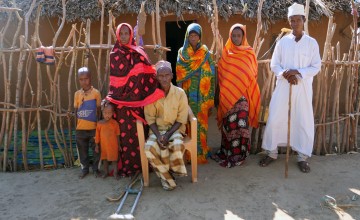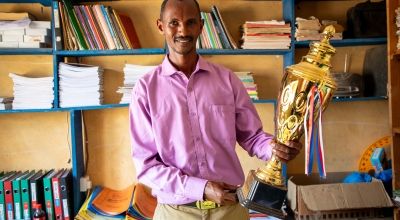
Read our 2024 annual report

Knowledge Hub
“When the crocodile grabbed my leg, I immediately thought about my death.”
The people living along the banks of the Tana River, the longest river in Kenya, know the river brings life, and takes it away.
Mohammed is sitting outside his mud-walled home, his crutch leaning on the plastic chair. Since losing his leg to a crocodile attack, while crossing a makeshift bridge over flood water, life has been hard. “I moved from a position where I could independently support myself to a situation where I always require support. It is not easy, but together with my wife we try every day to provide for our five children.”
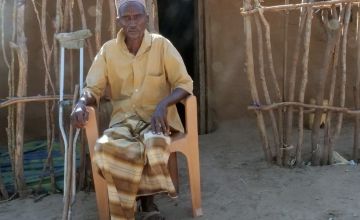
Euniah Natalie Miruka, a team member of Concern Worldwide in Kenya, is standing in Handaraku, Mohammed's home village. She is looking at a jumble of timber spanning the river, near the scene of his accident.
“When the flooding happens, the community cannot leave because all of the routes are blocked by water. The communities resort to building makeshift bridges, like the one behind me. The bridge is not safe. This morning we had an incident where someone was very sick and they had to be carried across this bridge behind me.”

The age of climate change adaptation
Climate change is increasing the frequency and intensity of extreme weather events, and the world’s poorest people are the most severely impacted. While the consciousness of the most developed societies in the world is still rooted in climate change mitigation, with a focus on high-level diplomacy and carbon emissions, the world’s poorest people have already been forced into the age of climate change adaptation.
People living in extreme poverty, like Mohammed, are especially vulnerable to climate-induced natural disasters. Those with the least assets and resources struggle to stockpile for contingency purposes and are vulnerable to losing everything in a single event.
“The flood water washes through the community, through their homes, and they lose all their household items. They lose their assets; their animals – their cows and their goats.”
For the people of Tana River County, flooding is now part of life, and the difference between a flood event and a flood disaster is adaptation. The need to remain connected to essential services, and each other, is represented by bridges built with sticks and branches, lifelines of varying size and intricacy.
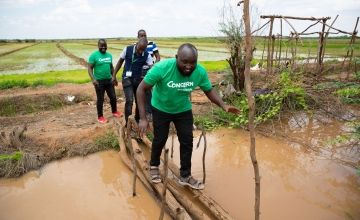
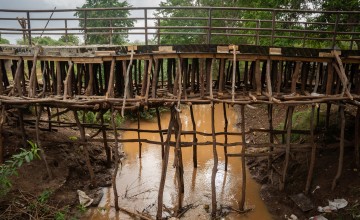
The Zurich Flood Resilience Programme
Concern Worldwide, in partnership with the Z Zurich Foundation, is supporting Tana River communities to become more resilient to flooding.
The Zurich Flood Resilience Programme seeks to complement, and build upon, local ingenuity and local initiatives. To achieve this in Tana River County, Concern needed to learn as much as possible about how the communities were already coping, and the particular barriers or challenges self-identified by the communities.
This learning came through a process of information collection called the Zurich Flood Resilience Measurement for Communities (or FRMC). The FRMC process provides a uniquely detailed insight into how vulnerable communities cope with flooding. This process forms the bedrock of all Zurich Flood Resilience Programmes, which are currently operating in over 20 countries.
On the basis of the FRMC process, an action plan was formed by the community, with the upgrading of bridges agreed as a priority.
Through engaging with the programme, the Tana River communities were able to advocate for outside investment in a permanent bridge, now under construction. The bridge, wide and sturdy enough to carry vehicles, will ensure that the community is safely connected all year round.
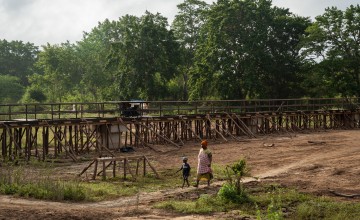
We are living in danger
In nearby Handaraku, Concern is advocating for a similar bridge to be built. For one man, in particular, it is long overdue. It has been nineteen years since a crocodile attacked Mohammed, while he was midway across an improvised, makeshift bridge.
“When I see the river water, my memory immediately takes me to the moment I was attacked,” says Mohammed, sitting surrounded by his family “When the water levels are high, I get very scared, and I even cancel my plans and return to my house.”
“We are living in danger. Five to six hundred children cross that river everyday going to school. This is why we are asking for a proper bridge.”
“Not just me, but the entire community will be very happy.”
